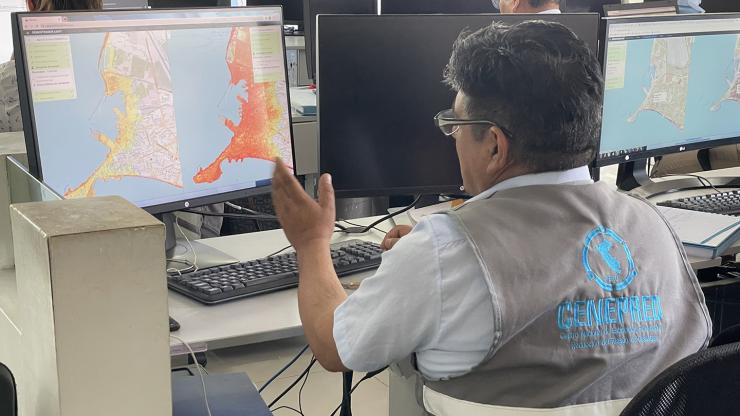

What would happen if...? RIESGOS 2.0 shares lessons learnt and recommendations
The joint project RIESGOS 2.0 ends in February 2024. A demonstrator for a web-based multi-risk information system has been developed with the involvement of users. The tool allows to simulate and visualise possible interactions of natural hazards as well as cascading effects and their impacts. The users see the demonstrator as a complementary analysis and visualisation tool to already established information systems. The demonstrator will enable authorities to improve their disaster preparedness and, for example, adapt land use planning to risk scenarios.
The most important project findings will be summarised in a policy brief, which is aimed at decision-makers working in the context of disaster risk management (DRM) and the associated research. It addresses the challenges of multi-risk analyses as well as the possibilities and limitations of technological developments, especially in the dialogue between research and practice. In addition, the policy brief provides recommendations for action for disaster risk management in complex multi-risk situations. The policy brief will be presented at a virtual closing event on 28 February 2024 and will then be freely available online. You can register for the event on 28 February 2024 here.
For more information on the project, visit the project page.
